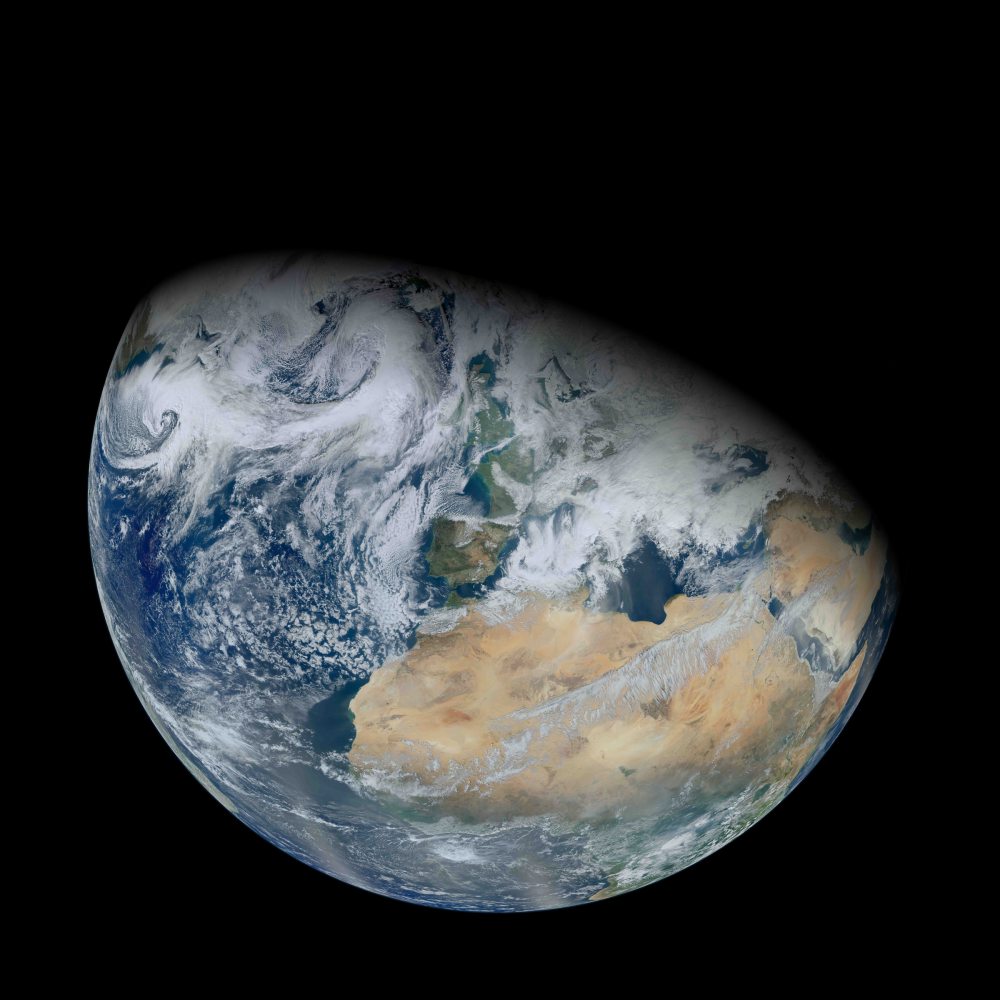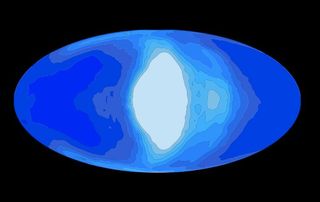60 Billion Alien Planets Could Support Life, Study Suggests

Though only about dozen potentially habitable exoplanets have been detected so far, scientists say the universe should be teeming with alien worlds that could support life. The Milky Way alone may host 60 billion such planets around faint red dwarf stars, a new estimate suggests.
Based on data from NASA's planet-hunting Kepler spacecraft, scientists have predicted that there should be one Earth-size planet in the habitable zone of each red dwarf, the most common type of star. But a group of researchers has now doubled that estimate after considering how cloud cover might help an alien planet support life.
"Clouds cause warming, and they cause cooling on Earth," study researcher Dorian Abbot, an assistant professor in geophysical sciences at the University of Chicago, said in a statement. "They reflect sunlight to cool things off, and they absorb infrared radiation from the surface to make a greenhouse effect. That's part of what keeps the planet warm enough to sustain life." [9 Alien Planets That Could Support Life]

The habitable zone is defined as the region where a planet has the right temperature to keep liquid water on its surface, thought to be a requirement for life as we know it. If a planet is too far from its star, its water freezes; too close, water vaporizes. Since red dwarfs are dimmer and cooler than our sun, their habitable zone is much cozier than our solar system's.
"If you're orbiting around a low-mass or dwarf star, you have to orbit about once a month, once every two months to receive the same amount of sunlight that we receive from the sun," explained another study author, Nicolas Cowan, a postdoctoral fellow at Northwestern University.
With such a snug orbit, a habitable planet around a red dwarf would become tidally locked, meaning it would always have one side facing its star, much like the moon faces Earth. This side would see eternal daylight.
In the new study, the researchers used 3D simulations to model the way air and moisture would move over a planet tidally locked around a red dwarf. The team found that any surface water would result in water clouds. What's more, highly reflective clouds would build at the point of the star-facing side where it's always high noon. This would have a cooling effect in the inner ring of the habitable zone, meaning the planets there would be able to sustain water on their surfaces much closer to their star, the researchers say.
Get the Space.com Newsletter
Breaking space news, the latest updates on rocket launches, skywatching events and more!
The findings could give scientists a new way to confirm the presence of liquid water on the surface of alien planets with the James Webb Space Telescope (JWST), a new space-based observatory scheduled for launch in 2018, the researchers say.
"If you look at Brazil or Indonesia with an infrared telescope from space, it can look cold, and that's because you're seeing the cloud deck," Cowan said. "The cloud deck is at high altitude, and it's extremely cold up there."
The same could be true of a habitable exoplanet with a highly reflective cloud cover, the researchers say. If JWST detects a similar cold signal over the dayside of an alien world, Abbot said, "it's almost definitely from clouds, and it's a confirmation that you do have surface liquid water."
The research was detailed June 27 in the journal Astrophysical Journal Letters.
Follow SPACE.com on Twitter @Spacedotcom. We're also on Facebook and Google+. Original article on SPACE.com.
Join our Space Forums to keep talking space on the latest missions, night sky and more! And if you have a news tip, correction or comment, let us know at: community@space.com.

Megan has been writing for Live Science and Space.com since 2012. Her interests range from archaeology to space exploration, and she has a bachelor's degree in English and art history from New York University. Megan spent two years as a reporter on the national desk at NewsCore. She has watched dinosaur auctions, witnessed rocket launches, licked ancient pottery sherds in Cyprus and flown in zero gravity on a Zero Gravity Corp. to follow students sparking weightless fires for science. Follow her on Twitter for her latest project.











